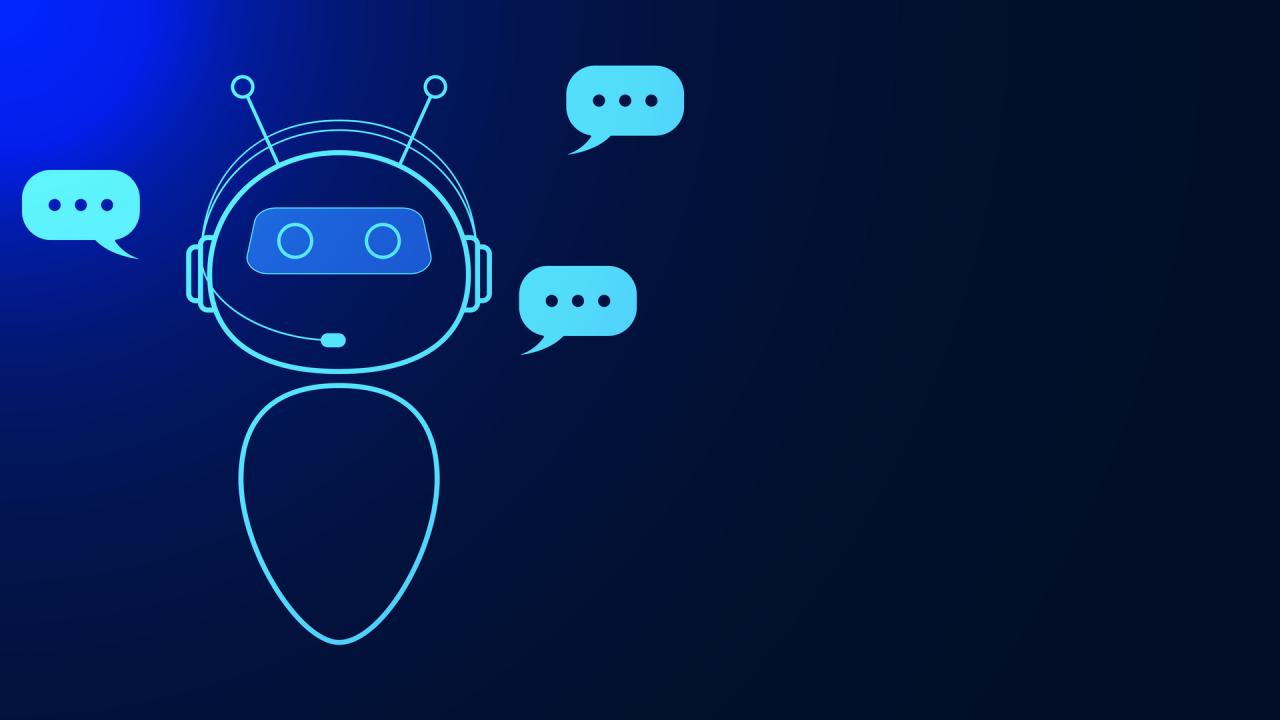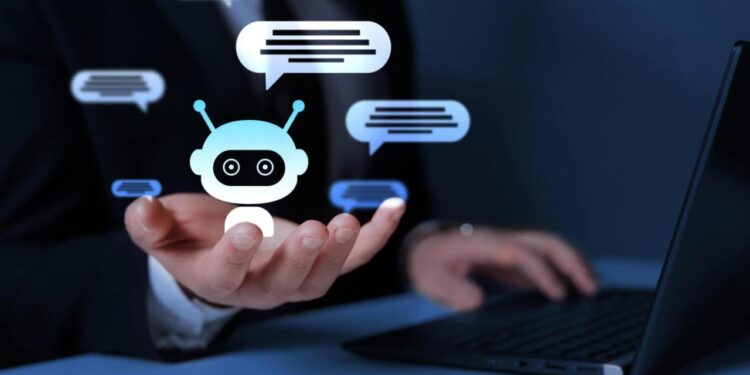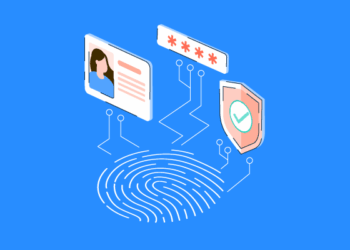For years, our interaction with technology has been a series of deliberate, hand-on commands. We’ve used keyboards, touchscreens, and voice commands to tell our devices what to do. The early virtual assistants, like Siri and Alexa, were a step forward, but they were largely reactive, waiting for a prompt before performing a simple task. Today, a new and profoundly more intelligent form of digital companionship is emerging. These are the personal AI assistants, a new generation of intelligent partners that are moving beyond simple command-and-response systems to become proactive, context-aware, and deeply integrated co-pilots for our daily lives.
This isn’t a futuristic fantasy; it is the reality of right now, driven by the convergence of advanced natural language processing, predictive analytics, and a new generation of smart devices. This article is a deep dive into this transformative era, exploring the core pillars that define this next-gen digital companion, the groundbreaking technologies that are making it a reality, and the critical challenges we must navigate to ensure this future is one that is equitable, humane, and secure.
The Grand Shift

To understand the power of a personal AI assistant, we must first appreciate how far we’ve come. The journey from a simple virtual assistant to a true digital co-pilot is a profound philosophical and technological leap.
- The First Generation of Assistants: The early virtual assistants, like Siri and Alexa, were a revolutionary step forward, but they were limited. They were largely reactive, waiting for a specific command before performing a simple task, like setting a timer or playing a song. They lacked context and memory, and their responses were often a simple, pre-programmed script. This was the era of the “voice command,” not the “conversation.”
- The Dawn of Proactive, Context-Aware AI: The personal AI assistant of tomorrow will be a true co-pilot for our lives, capable of understanding our needs, anticipating our desires, and managing our digital world with a level of personalization that is currently unimaginable. This is a move from a reactive, command-based system to a proactive, context-aware one.
- The Philosophical Leap: AI as a True Co-Pilot: The most profound shift is in the philosophical role of the AI. It is moving from a simple tool to a true partner, an extension of our own minds that can help us navigate the complexity of our daily lives. This is an era where the AI is not just a part of our lives but a collaborator in them, a partner that can help us to be more productive, more creative, and more engaged.
The Defining Pillars of Next-Gen AI Assistants
The future of the personal AI assistant is not a monolith; it is a tapestry of new and innovative approaches that are being woven together to create a more dynamic and flexible digital landscape.
A. Hyper-Personalization and Anticipation
The future of technology is deeply personal. Today, our digital assistants are largely reactive. The future is proactive. The personal AI assistant of tomorrow will be capable of anticipating our needs, of knowing what we need before we ask for it.
- It will learn our routines and our emotional state, playing a calming playlist when it senses we are stressed.
- It will analyze our calendar and our tasks, and it will proactively manage our schedule, our to-do list, and our communication.
- It will learn our habits and preferences, from the kind of coffee we like in the morning to the news we want to read before bed.This level of personalization is a powerful new trend, creating a digital experience that feels less like a one-size-fits-all solution and more like a tailored, individual one.
B. Cross-Device and Ubiquitous Integration
The personal AI assistant of tomorrow will not be confined to a single device. It will be a seamless, ubiquitous, and cross-device experience that is woven into the very fabric of our digital and physical lives.
- It will exist on our smartphone, our computer, our smart home devices, and our car.
- It will have a consistent persona and a consistent memory, a conversation that can be picked up from one device and continued on another.
- It will be a seamless and non-intrusive part of our environment, an invisible assistant that makes our lives easier, more comfortable, and more secure.
C. Multimodal Interaction
The future of the personal AI assistant is not just about voice; it is also about multimodal interaction. It is a world where a user can interact with their AI in a variety of ways, from voice and text to gestures and a visual interface.
- A user might begin a conversation with their voice, and the AI might provide a visual response on a screen.
- A user might use a gesture to tell their AI to play a song or to turn on the lights.
- A user might use their phone’s camera to show their AI a product, and the AI might provide them with a list of where they can buy it.This is a movement that is creating a more intuitive and more humane way of interacting with technology.
D. Context and Memory
A truly intelligent personal AI assistant will have a memory. It will be able to remember what a user said a few moments ago and use that context to understand a follow-up command.
- If a user asks, “What’s the weather like in Paris?” and then immediately follows up with, “And what about the flight prices?” the AI should know that the second question is also about Paris.
- The AI will remember a user’s preferences, their habits, and their past conversations, providing a more personalized and more seamless experience.
- The AI will have a sense of purpose and a sense of context, a conversation that is more like a human one.
E. Proactive and Purpose-Driven
The most profound shift is in the philosophical role of the AI. It is moving from a simple tool to a true partner, an extension of our own minds that can help us navigate the complexity of our daily lives. This is an era where the AI is not just a part of our lives but a collaborator in them, a partner that can help us to be more productive, more creative, and more engaged.
The Technological Toolkit Powering the Revolution

The visionary principles of a personal AI assistant are made possible by a suite of cutting-edge tools and technologies that are fundamentally changing the way we interact with the world.
- Advanced Natural Language Processing (NLP): This is the technology that gives computers the ability to understand, interpret, and generate human language. The next generation of NLP is powered by large language models that are capable of understanding a user’s intent, not just their words. This will make our conversations with technology more natural and more human than ever before.
- Predictive Analytics and Machine Learning: This is the engine of personalization. Predictive analytics is the technology that can analyze a vast amount of data and predict a user’s needs, their preferences, and their desires. This is what allows a personal AI assistant to be proactive and to anticipate our needs. Machine learning is the technology that gives the AI the ability to learn from this data, to adapt, and to make decisions on its own.
- The Digital Twin Concept: A digital twin is a dynamic, real-time virtual replica of a person’s life. It is fed data from a network of devices, from a smartphone to a smart home device, and it can be used by a personal AI assistant to provide a new level of personalization and a new level of support. The AI can use this digital twin to understand a user’s habits, their routines, and their emotional state, and it can use this information to provide a more tailored and more intentional experience.
- Next-Gen Connectivity and Edge Computing: The proliferation of a personal AI assistant requires a new level of connectivity and a new kind of computing. The rollout of 5G and its subsequent evolution will provide us with a level of connectivity that is faster, more reliable, and more ubiquitous than ever before. Edge computing is the technology that will process the data closer to the end user, reducing the lag and providing a more responsive experience.
The Revolution in Action
The concepts of a personal AI assistant are already being brought to life in projects that are beginning to transform our daily lives.
- Work and Productivity: The ultimate digital concierge. The personal AI assistant of tomorrow will be a true partner in our professional lives, capable of automatically summarizing our emails, scheduling our meetings, and managing our tasks. It will free us from the mundane and the repetitive, allowing us to focus on the creative and strategic parts of our jobs.
- Home and Lifestyle: An intelligent home manager. The personal AI assistant will be the central hub of our smart home, a partner that can manage all of our devices and systems with a simple voice command. It will be a seamless and non-intrusive part of our environment, an invisible assistant that makes our lives easier, more comfortable, and more secure.
- Health and Wellness: A personalized health coach. The personal AI assistant will be a partner in our wellness journey, a coach that can provide us with personalized insights into our health, our sleep quality, and our stress levels. It will be a tool that can help us to be more proactive about our wellness, to be more in control of our health.
- Finance and Commerce: A smart financial advisor. The personal AI assistant will be a partner in our financial journey, a tool that can provide us with personalized insights into our spending habits, our investments, and our financial goals. It will be a technology that can help us to be more in control of our money, to be more intentional about our financial future.
- Travel and Mobility: A seamless travel companion. The personal AI assistant will be a partner in our travel journey, a tool that can manage our travel plans, book our flights, and provide us with real-time updates on our itinerary. It will be a technology that can help us to be more in control of our travel, to be more intentional about our journey.
The Challenges and Ethical Imperatives
While the rise of the personal AI assistant is exciting, it is not without its challenges. Navigating these hurdles is key to building a future that is equitable, humane, and sustainable.
- The Privacy Paradox: Convenience vs. Data: The most advanced digital services often require us to give up our data. The challenge is to find a balance between data privacy and convenience, to create services that are both intelligent and respectful of our privacy.
- Algorithmic Bias and its Impact: AI models are only as good as the data they are trained on. If that data is biased, the resulting AI will be biased as well. The challenge is to create AI that is transparent, fair, and free from algorithmic bias, a technology that works for everyone.
- The “Always On” Problem: The constant presence of a personal AI assistant in our lives raises a new kind of social anxiety. The challenge is to create an AI that can help us to disconnect, to be present in the moment, and to reconnect with our humanity.
- The Human-AI Relationship: The future of the personal AI assistant is a new kind of human-AI relationship. The challenge is to create an AI that is a partner, not a master, a technology that can help us to be more human, not less.
Conclusion
The discipline of digital living is at a pivotal moment. The old models of living, based on a separation between our physical and digital selves, are no longer viable. The future of digital living is a world of seamless integration, where technology is a supportive, intelligent partner that is woven into the fabric of our everyday lives. It is a powerful fusion of technology and humanity, a commitment to a new way of living that is both more efficient and more meaningful.
This guide has only begun to explore the vast and exciting possibilities. We have seen how a blend of a personal AI assistant, smart home automation, and cutting-edge technologies is creating a new language of living. This transformation is not without its challenges; it requires a new skill set and a new way of thinking. But the opportunity is even greater. The ultimate reward for this shift in our digital philosophy is not just a reduction in our carbon footprint. It is the creation of a world that is more connected, more equitable, and more in tune with the rhythms of our daily lives. It is the creation of spaces that improve our health, enrich our lives, and foster a deeper connection to our communities and our planet. The future of the personal AI assistant is a future that is defined by a new kind of humanity, a humanity that is both technological and profoundly human.









